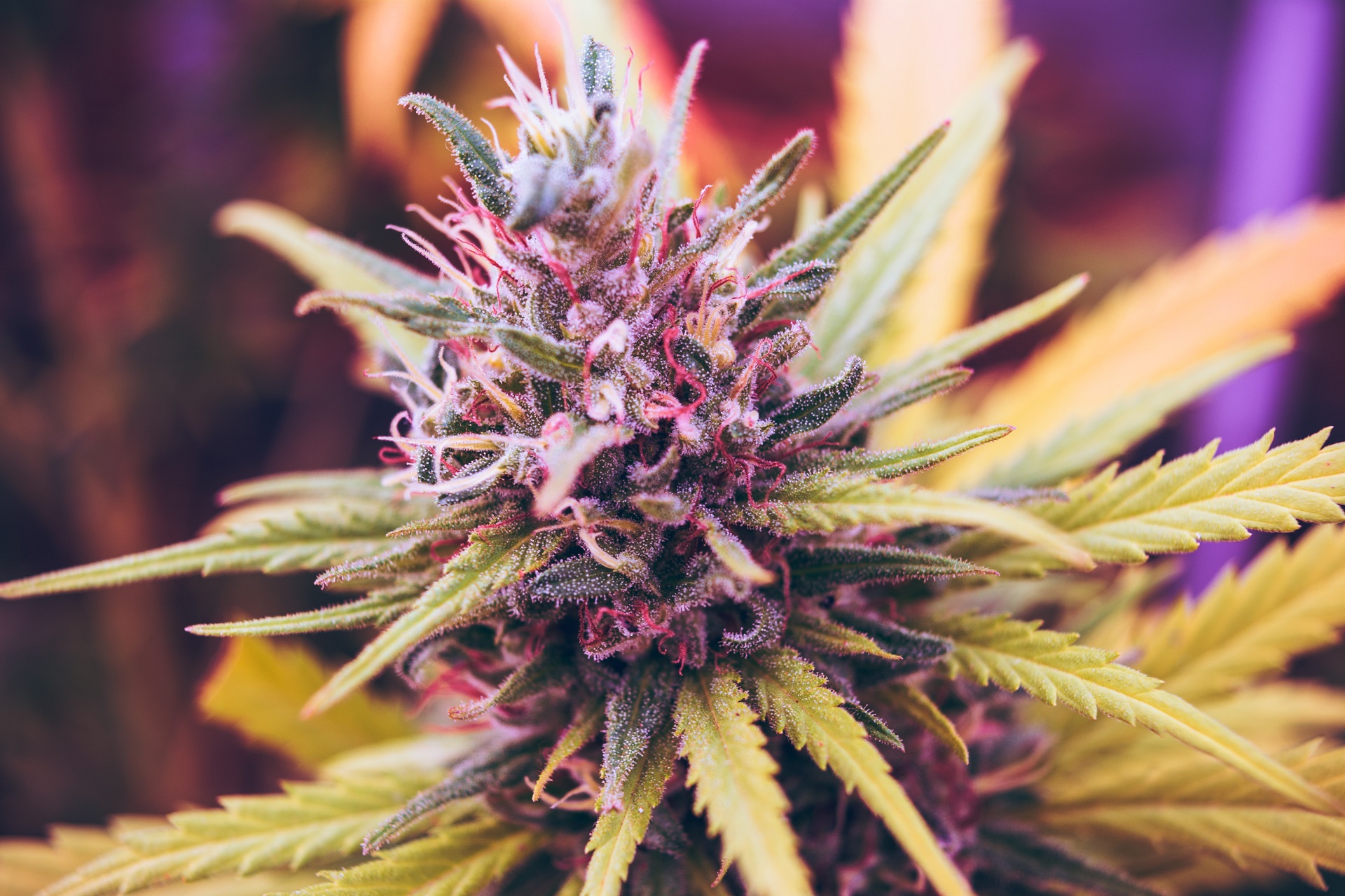Due to the lack of clear regulations, associations were forced to improvise and come up with solutions to standardize their activities. The main pioneer groups came together in 2003 to form the Federation of Cannabis Clubs (FAC), which initially included 21 clubs. The federation has developed a legal governance model known in recent years as the Cannabis Social Club (CSC) to find a way to bring their growing number and complexity into line with current legislation. Currently, the number of such clubs in Spain is unknown, according to the available statistics, there may be from 100 to 300. They are unevenly distributed in different regions, with the highest concentration in Catalonia and the Basque Country, where the level of social tolerance is very high.
Usually the creation of a cannabis club begins with the creation and registration in the register of associations. The members then approve a joint breeding agreement. The club then leases or buys land, buildings, equipment and anything else needed to grow and then distribute the crop. The calculation of how much will be grown is based on each member’s consumption forecast.
It should be noted right away that the law allows the use of marijuana only in a club or indoors. It is not possible to get into such a club without an invitation, which you can receive from a member of the club or from the club itself. It will also be difficult to find such a club without a weed map, because they do not have signs and are not advertised.
Plant care, depending on the formula chosen by the club in question, is carried out by volunteer members, people directly employed by the club, or professional breeders (usually they are also members who are paid rent for land or hours worked upon presentation of the relevant act). invoices). Accounting records are kept very carefully in case of a possible investigation.
It covers the club grounds, which is usually a commercial building or office, and only club members and their adult companions are allowed entry. Hemp is distributed in small quantities for more or less direct consumption. Most COs have consumption areas for members, but they are often allowed to bring small amounts with them so that members do not have to come every day. There is an intake limit, usually 2 to 3 grams per day, which can be high, but only for users with medical needs that justify higher doses.
Clubs primarily produce and distribute both indoor and outdoor marijuana, although they also occasionally produce hashish and, increasingly, alcohol, creams, oils, tinctures, sweets, etc., to promote consumption beyond smoking . Some clubs also rent inhalers.
Those involved in breeding pay a membership fee in proportion to their consumption, which covers the costs of production, storage and management. As a non-profit organization, any profits must be invested back into the association. A portion of the proceeds is spent on various public events such as courses and conferences, legal and medical consultations, protests and political lobbying, to promote marijuana regulation or to support KK’s Cannabis Cup marijuana).
The administration is democratic and uses various models, horizontal or hierarchical, but the final decision rests with the General Meeting of Members. To join the club, you must be invited by one or two members who can confirm that the person joining is indeed a cannabis user; alternatively, he or she may provide a medical certificate confirming that he or she is suffering from a disease that cannabis is treating.
Despite being in a legal gray area, many clubs have now had their administrative positions normalized. Quite a few of them have contract employees who are in the social security system and pay various prices and taxes, such as income tax, corporate tax, and in some places even VAT, which takes 18% of the profits from the distribution of KK products. . However, there are still many unresolved issues, and the clubs are constantly threatened by legal problems, especially in breeding and transportation. To avoid this, the FAC has made proposals to regulate cannabis clubs so that government agencies can control them and avoid police and court interference, which leads to undesirable consequences. Recently, several associations in the Basque Country submitted a proposal to Parliament, still awaiting a vote, to create a separate regime for associations of this type, in which their economic activities will be monitored to ensure that they are truly non-profit organizations. This will be combined with police and administrative procedures that will include a list of breeding sites, site inspections, taxation of production, and controlled transportation. All this would help eliminate legal uncertainty without the need to reform the criminal code or withdraw from international treaties. which will include a list of breeding sites, site inspections, production taxation and controlled transportation. All this would help eliminate legal uncertainty without the need to reform the criminal code or withdraw from international treaties. which will include a list of breeding sites, site inspections, production taxation and controlled transportation. All this would help eliminate legal uncertainty without the need to reform the criminal code or withdraw from international treaties.
Cannabis clubs represent a viable alternative to the dominant and illegal market, capable of maintaining drug agreements that at the moment seem to be unshakable. This model also makes it more difficult for minors to access these substances, restricts so-called “Psychoactive Tourism” and weakens the black market by removing potential customers from it. Moreover, CC members have the ability to control the origin, quality and composition of what they eat, creating legal economic and tax activities.

